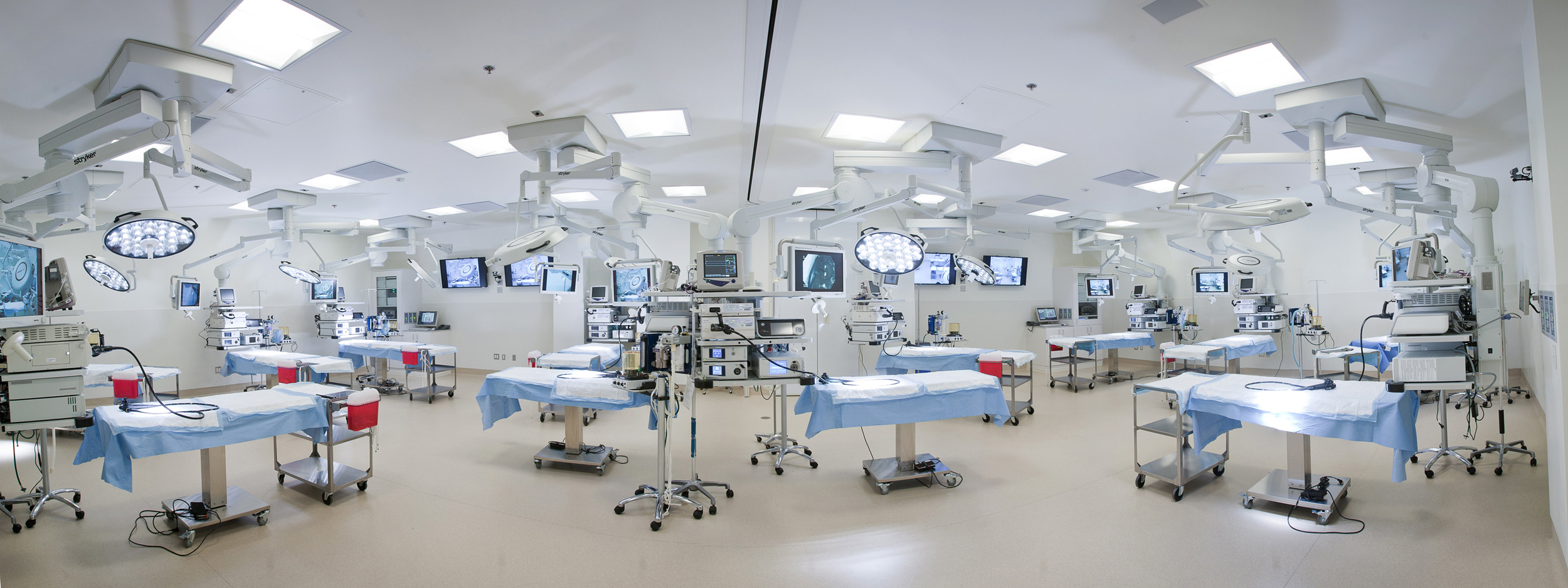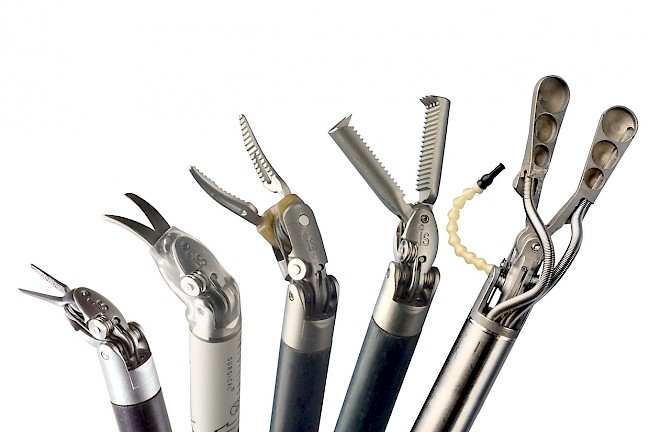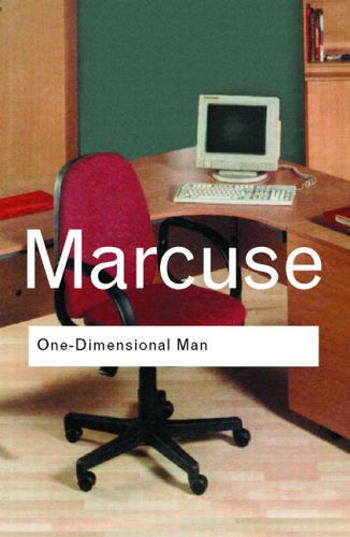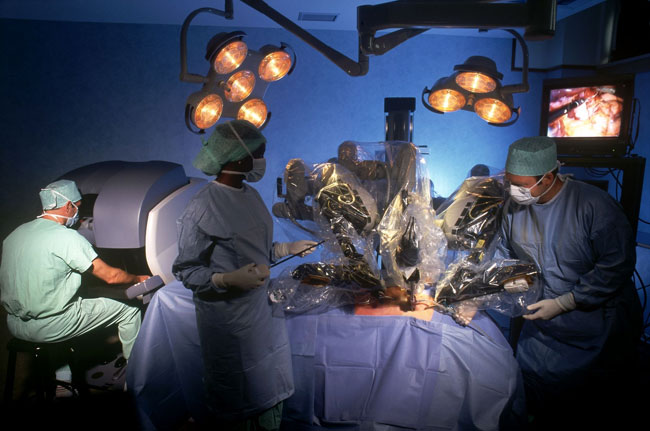— On Deprofessionalizing Surgery

Overview
At the Center for the Future of Surgery at the University of California, San Diego School of Medicine, medical students learn to operate surgical robots. The surgeon sits at a control station with her eyes focused into a fixed stereoscopic viewer. In each hand she manipulates extremely nimble rotational controllers to guide four robotic arms through the procedure. At the tip of each arm may be a scalpel, scissors, a Bovie cauterizer, a fiberoptic camera or light, or any of several other attachments. With her feet, she chooses which arm she wishes to control by hand. A few feet away, the patient lies prone on the surgical table as the robotic tools move in and out of the incision.
Robotic systems provide the surgeon with enhanced visualization and dexterity, and greater precision and comfort. They are an extension of laparoscopic, minimally invasive techniques. In time, more advanced systems may allow the automation of some tasks, the incorporation of outcome-specific artificial intelligence, and the performance of otherwise impossible surgical procedures, such as the precise reconnection of severed nerve fibers. If bandwidth were sufficient and stable, next-generation systems could be part of a remote telesurgery infrastructure and/or a stable automated surgery economy. During an initial tour of the center’s facility, I was able to sit in the surgical seat and manipulate the controllers myself. Once one experiences how nimble the physical interface actually is, it is not difficult to imagine how the apparatus could be used for these purposes.

In conjunction with the center, we hosted a summer camp for kids aged 11 to 14 with an interest in science and medicine to undergo basic skills training in the robotic da Vinci Surgical System. Some were accomplished video game players, so making the switch to this console was not very difficult. But for others, the learning curve was steeper. We found that after the six weeks of camp, the students who were the most patient were the most proficient, not necessarily those with the most technical dexterity at the outset. Students were scored on both accuracy and speed, and were awarded the same unit credits that the medical school students receive for this training.
Adult surgical students train by practicing surgery on pigs, but only after they have mastered feats of remote-controlled dexterity. These training exercises involve sorting tiny objects and placing them in exact positions and patterns; they are a bit like sewing and a bit like miniaturized stacking games. Abstracted from surgical application, anyone with enough hand-eye coordination and patience could master them, even children.
In the end, we had a small battalion of kids who were now credentialed in the latest techniques for gallbladder removal, hysterectomy, mitral valve repair, cystectomy, and bowel resection; two of them also qualified for cardiac revascularization.

Outcomes
When Herbert Marcuse was a Professor of Philosophy at UC San Diego, he wrote about how automation might alter social relations in a capitalist economy by making it unnecessary for humans to perform certain kinds of skilled and unskilled labor. He wondered how automation could be used to realize a society based on exploring free time instead of acquiescence to the time of capital.
We now recognize the ongoing paradoxes of automation, including that of professional deskilling and the democratization of proficiencies. That is, as work is deskilled, tacit knowledge is lost, but at the same time, tasks that would otherwise require highly trained experts are partially automated and can be done by many more people. Automation may lead toward a de-division of labor; more people may do more things based on a shallower depth of knowledge.
Some of the worries of the summer camp students’ parents were borne out and others were not. The little brother of one student did cut open his own forearm to prove to his friends in first grade that his older brother in eighth grade could fix it. Other students declared after camp that they wanted to go to medical school, to open hospitals and clinics in the developing world, and to make modern surgical services available to everyone.
This camp is one of many innovative initiatives at the UC San Diego School of Medicine. The school is known to have among the most rigorous computer science requirements for its medical students. Beyond basic data structures, they learn information theory, advanced data visualization techniques, advanced statistics, and various application programming stacks. The rationale is that a doctor must not only be able to interpret noisy data sets, he must also be knowledgeable about the workings of his software-based tools so that he can modify them as needed (or better yet, program new ones).
For legal reasons the summer camp students were not able to practice on pigs in the same way that the adult surgical students do. They do not have sufficient training in anatomy or physiology, let alone internal medicine, and so the pigs (even dead) are legally protected from being mutilated by the untrained. In many high school biology classes the internal organs of fetal pigs are pulverized by incompetent ninth graders, but the participation waiver that those students’ parents sign does not cover the eventualities of robotically assisted surgery.
Instead, the summer camp students were trained to dissect a pig’s skin into standard four-inch by four-inch squares, removed from the animal’s body in a grid pattern. These thick, regular cadaverous tissue samples were then made available to other laboratories on campus for early-phase testing of new technologies before they are tested on human skin. By the close of camp, the students had produced around one hundred tissue sample squares that met all specifications and were put into circulation. Based on an earlier collaboration, we directed several squares to partners at the Department of Nanoengineering where tests on ink-based chemical sensors tattooed onto mammal skin are being prototyped and perfected. These biosensors can be designed to sense chemical changes in the host body or in the external environment, but it must first be determined that the nanoparticles do not poison the tissue.
The final stage of this project was a performance and installation at the Museum of Contemporary Art San Diego, in the main gallery space of the Venturi Scott Brown building overlooking the Pacific Ocean in La Jolla. Three of the da Vinci Surgical Systems, costing nearly $2 million each, were moved from campus downhill to the museum, at the considerable expense of a special donor. On opening night, the three surgical stations were arranged in a dramatic triptych and manned by a trio of the most accomplished summer camp students. Three spotlight columns beamed down, one illuminating each station, where a student performed triumphs of remote-controlled adroitness and tissue sub-sectioning before a silent crowd of several hundred.

Next Steps
Enabling a robust long-distance telesurgery infrastructure is a complex but not insurmountable challenge. Today, though it requires two systems, one in each location, it has been done. In 2001, Dr. Jacques Marescaux performed a successful procedure in New York, which he piloted from Strasbourg. Such a configuration demands a fiberoptic connection between the systems with absolute minimal latency and maximal security of packet exchange.
More recent projects have had mixed results, as they attempt to realize similar outcomes under less than ideal network conditions. One project, based at the University of Toronto, sought to demonstrate surgery over the open internet, using only a bare minimum of technical support at the surgical site. The goal was to determine if remote surgery could be performed in parts of the world where state-of-the-art clinics and bandwidth infrastructure are not available. They used no dedicated bandwidth, other than basic SSL (secure socket layer) connections, in order to show what is possible over non-specialized, public information networks. The researchers claim that the project’s failure was due, in large part, to relay problems caused by “net neutrality” rules that do not differentiate and prioritize certain forms of data traffic over others. This conclusion was disputed and criticized, but the necessity for very stable, high-resolution links between surgeon and patient is not controversial.
The successful development of a telesurgery system for the developing world may require bringing systems much closer to the patients and designing dedicated-purpose networks for linking the surgeon and surgical theater. It will also require a dramatic drop in price, availability, and reprogrammability of these tools. For example, one of the side projects of the summer camp was launching a medical hardware torrent search engine. One student perfected 3-D-printable CAD files for a rectal stapler commonly used in hemorrhoidal surgery, which he then used as the inaugural seed torrent for the search engine. Within days there were dozens of similar files of varying degrees of quality.
We are now working with the Distributed Health Lab (DHL) based at the California Institute of Telecommunications and Information Technology, also at UC San Diego. The lab has already deployed an iPad-based “Clinic in a Box” that includes a clinician’s basic diagnostic tools, such as a rugged microscopic sample viewer. The kit compresses several core tools into a highly portable and modifiable platform, and we are collaboratively designing an experimental protocol for adding remote, robotically mediated surgery. DHL’s main clinical base is in Mozambique, where abortion was decriminalized only very recently. Access remains difficult, and dangerous amateur surgery is commonplace. The plan is that by using a head-mounted display prototype (essentially a more advanced Oculus Rift), a dedicated gigabit mesh network linking a circuit of bare-bones surgical facilities, and a miniaturized robotic surgical system originally designed for small manufacturing assembly, the DHL platform may be able to offer services in a much safer context to more women.
Another barrier to experimentation with robotic surgery is the careful regulatory environments of North America, Europe, and Asia. Places where surgery is most needed but least available are sometimes also where such restrictions are less prohibitive, and it may be that the most significant advances toward a robust long-distance telesurgery infrastructure will originate from these areas and then only later spread to more developed economies. Automation will mitigate some risks, and perhaps amplify others, but in ways that do not track current FDA, AMA, and FTC guidelines and orthodoxies. Fortunately, best practices learned from field trials at the DHL clinic in Mozambique are finding their way back into the Center for the Future of Surgery curriculum.
×


